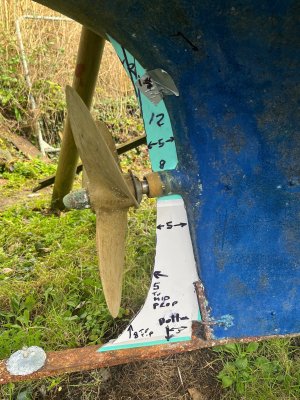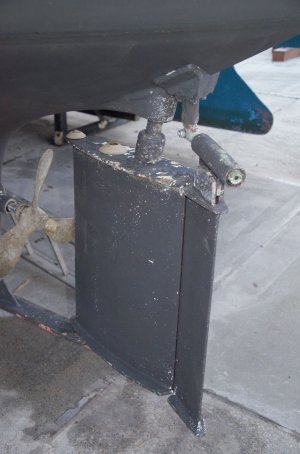Bodach na mara
Well-Known Member
I remember reading the article but I had no intention, at the time, to consider a motor sailer. I am now a bit older and am losing my patience with sailing boats that have taken ages to make moderate passages in the light winds that have been common over recent summers. I'll be upstairs for a while till I find that issue of PBO.



